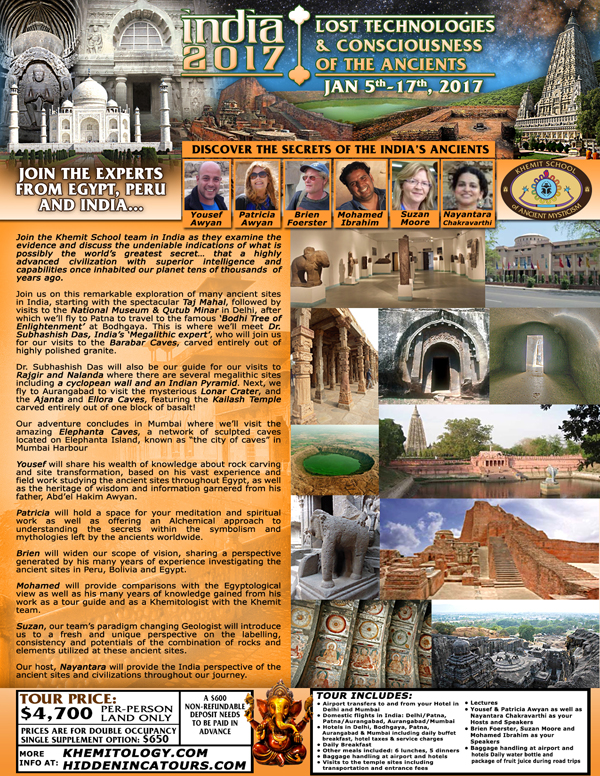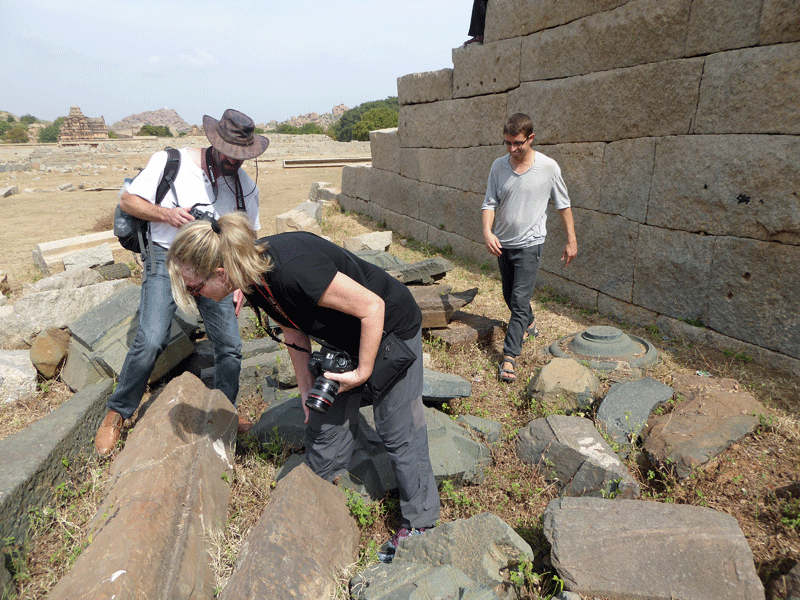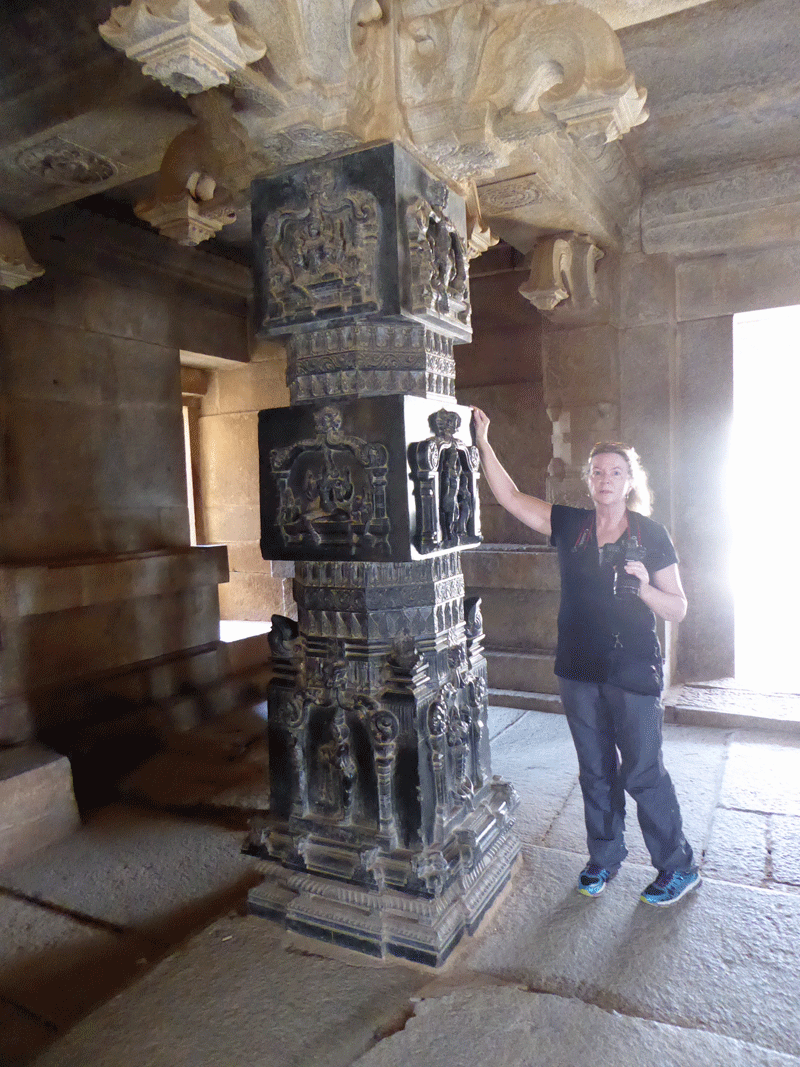India has always seemed like a very mystical country to me, filled with a magical quality you only read about in books. When I finally managed to tour a small part of India I came to find that it was everything I imagined it would be, both culturally and geologically. Indian culture is full of vibrant colours and images of elaborate temples that hold the imagination at attention.
Geologically, “WOW” is the best way to describe India. Being adjacent to several plate edges, the rocks were amazing and I witnessed things I had only ever seen in geological texts.
Amygdaloidal basalts! I had seen amygdaloidal basalts before, but not ones that contained malachite inside.
Amygdaloidal basalt is a vesicular basalt that is formed from a magma. Magmas generally contain dissolved gases that cause bubbles to form within. When these bubbles become trapped in the rapidly solidifying rock, crystals can be deposited into the open cavities as the lava cools. The vesicles may be filled with a number of things such as: quartz, calcite, or other minerals, depending on the composition of the gasses and cooling rates. Filled cavities in lavas are called amygdales, and a rock full of them is called amygdaloidal, thus the name “Amygdaloidal Basalt”.
In the case of the Ellora Caves, the bubbles are filled with a lining of Malachite containing an inner filling of what appears to be a manganese mineral (not confirmed geochemically).
Some are completely filled with malachite, while others have a hard white chert or flintlike material in the center.
The bubbles occur in all different shapes and sizes, but one of the most interesting features I saw was the long thin veins that were filled with Malachite. When the basalt was still flowing, some of it was so thin and runny that the gas bubbles traveled upward through the magma leaving long thin veins of Malachite in the basalt.
Overall, India’s geology did not disappoint!
Suzan Moore – Geologist
Born and raised on the prairies of Saskatchewan Canada, Suzan developed a keen interest in nature, rocks and stars at an early age. That passion later led her to pursue a Geology degree with a minor in Astronomy. Suzan has been working as a Geologist in Canada for over 40 years. She originally worked in both mining and regional mapping of granites and metamorphic rocks in northern Saskatchewan and the North West Territories. She has been working for many years as a Sedimentological Specialist in the Oil and Gas industry in Calgary Alberta, specializing in the Jurassic of Western North American.
She has always had an interest in Ancient Egypt and, since her first visit, returns regularly. After a trip to Peru in 2013 she developed a passion for understanding megalithic structures and the rocks they are carved from which led her to explore their implications in Egypt as well. She is currently trying to incorporate how weathering, time and source of the rocks affect the construction and preservation of many of the megalithic structures worldwide.
Suzan is now an active member of the Khemit School team and offers a unique and fresh perspective on the description, consistency and use of the various types of rocks and materials used in the ancient structures here.
Suzan will be joining Brien Foerster, Mohamed Ibrahim, Yousef and Patricia Awyan and host, Nayantara Chakravarthi on the Khemit School’s TECHNO – SPIRITUAL INDIA TOUR from January 5 – 17, 2017, when we’ll be revisiting the Ajanta and Ellora Caves, as well as many other significant and powerful sites.
 For Details and itinerary CLICK HERE!
For Details and itinerary CLICK HERE!
Registration Form






